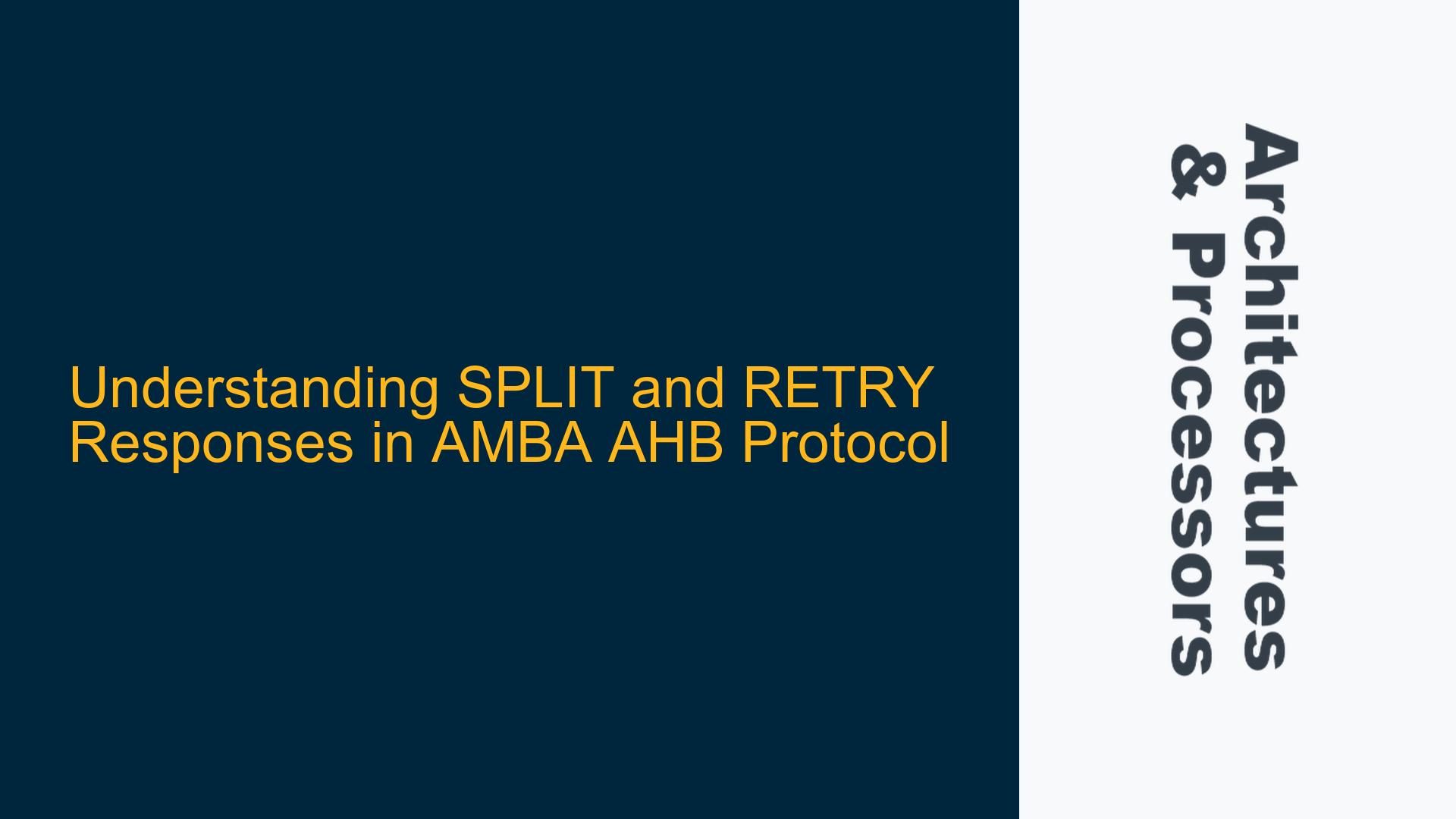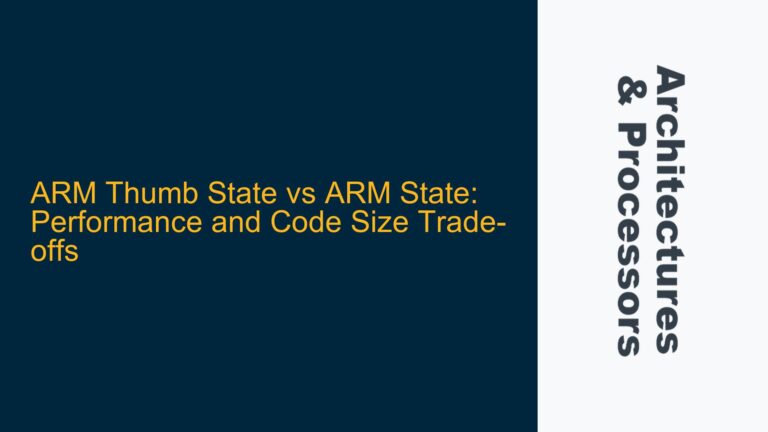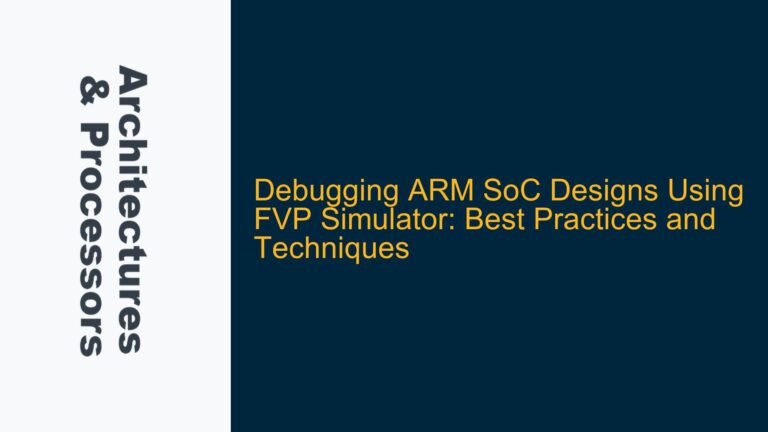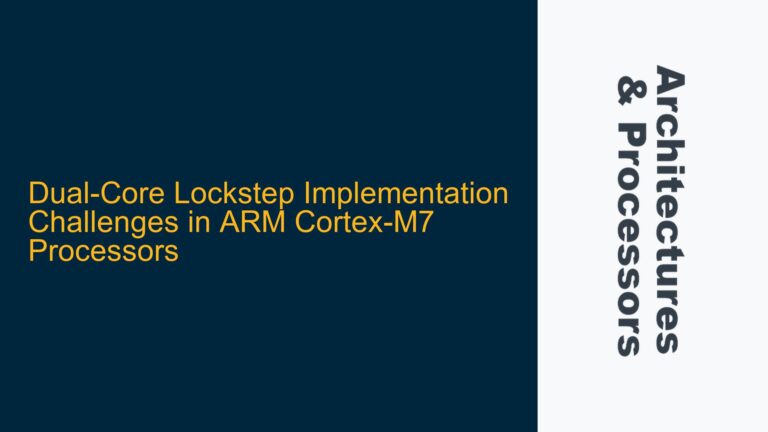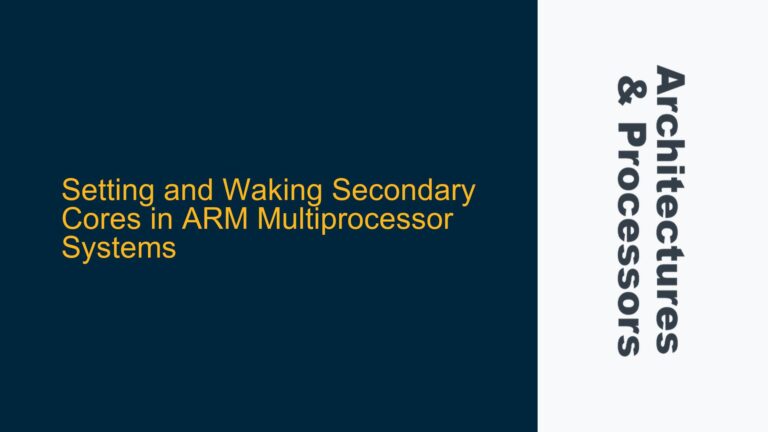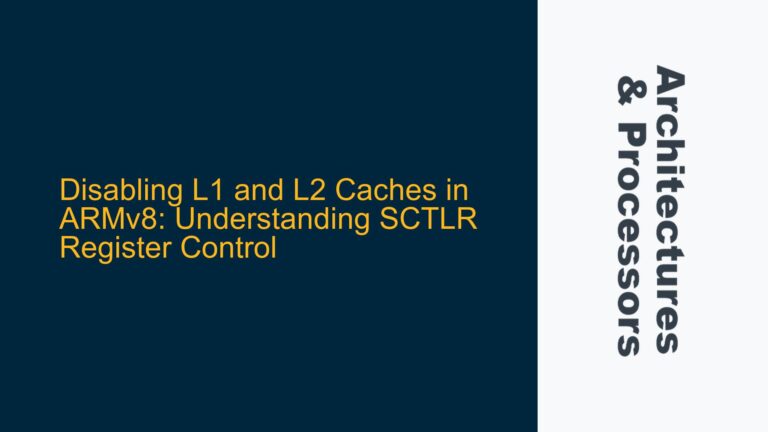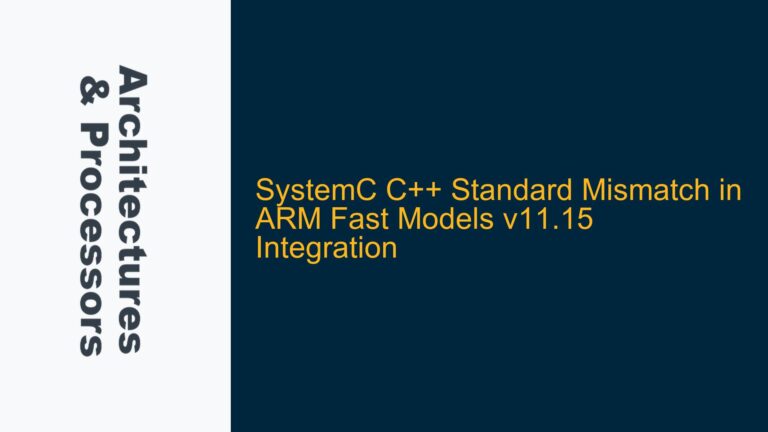AMBA AHB SPLIT and RETRY Response Mechanisms
The AMBA AHB (Advanced Microcontroller Bus Architecture Advanced High-performance Bus) protocol is a critical component in many ARM-based SoC designs. It facilitates communication between masters (such as CPUs, DMAs, etc.) and slaves (such as memory controllers, peripherals, etc.) over a shared bus. One of the key features of the AHB protocol is its ability to handle situations where a slave is temporarily unable to complete a transaction. This is achieved through two specific response types: SPLIT and RETRY. These responses allow the slave to release the bus, enabling other transactions to proceed while the slave resolves its inability to complete the current transaction. Understanding when and how to use SPLIT and RETRY is crucial for optimizing bus utilization and overall system performance.
Conditions for Issuing SPLIT and RETRY Responses
The decision to issue a SPLIT or RETRY response depends on the specific conditions under which the slave is operating. Both responses are used when the slave is unable to supply data immediately, but they differ in their implications for bus arbitration and system performance.
A RETRY response is typically issued when the slave expects to be able to complete the transaction in the near future but requires additional time. When a master receives a RETRY response, it will re-request access to the bus and attempt the transaction again. The bus arbiter will continue to grant the bus to the same master if it remains the highest priority requester. This means that lower-priority masters will remain stalled, which can lead to suboptimal bus utilization if the RETRY condition persists for an extended period.
On the other hand, a SPLIT response is issued when the slave anticipates a longer delay before it can complete the transaction. When a master receives a SPLIT response, the bus arbiter will no longer grant the bus to that master until the slave signals that it is ready to complete the transaction. This allows both higher and lower priority masters to access the bus, improving overall system performance. However, implementing SPLIT responses requires additional complexity in both the slave and the arbiter, as the slave must track which master issued the SPLIT and signal the arbiter when the transaction can be completed.
Performance Implications of SPLIT and RETRY Responses
The choice between SPLIT and RETRY responses has significant implications for system performance. RETRY responses are simpler to implement but can lead to inefficiencies if the bus is monopolized by a single master for an extended period. This is particularly problematic in systems with multiple masters of varying priorities, as lower-priority masters may be starved of bus access.
SPLIT responses, while more complex to implement, offer better performance by allowing the bus to be utilized by other masters while the original transaction is pending. This can lead to more efficient use of bus bandwidth and improved system responsiveness. However, the added complexity of SPLIT responses must be carefully managed to avoid introducing new sources of error or inefficiency.
Design Considerations for SPLIT and RETRY Responses
When designing an AHB-compliant slave, it is important to carefully consider the conditions under which SPLIT and RETRY responses will be issued. The decision should be based on the expected delay before the transaction can be completed and the impact on overall system performance.
For example, a memory controller that is waiting for data to be fetched from a slow external memory might issue a SPLIT response if the fetch operation is expected to take a significant amount of time. This would allow other masters to access the bus while the memory controller completes the fetch operation. Conversely, a peripheral that is temporarily busy but expects to be able to complete the transaction quickly might issue a RETRY response, minimizing the impact on bus utilization.
The arbiter design must also be carefully considered when implementing SPLIT responses. The arbiter must be able to track which masters have issued SPLIT responses and re-grant the bus to those masters when the slave signals that the transaction can be completed. This requires additional logic and state tracking, which can increase the complexity of the arbiter design.
Debugging and Verification of SPLIT and RETRY Responses
Verifying the correct implementation of SPLIT and RETRY responses is a critical part of the SoC design process. This involves ensuring that the slave correctly issues SPLIT or RETRY responses under the appropriate conditions and that the arbiter correctly handles these responses.
One common issue is the incorrect issuance of SPLIT or RETRY responses, which can lead to deadlock or starvation conditions. For example, if a slave issues a SPLIT response but fails to signal the arbiter when the transaction can be completed, the master may be permanently blocked from accessing the bus. Similarly, if a slave issues a RETRY response but the transaction cannot be completed in a timely manner, lower-priority masters may be starved of bus access.
To debug these issues, it is important to use simulation tools that can track the state of the bus and the responses issued by the slave. This can help identify situations where the slave is incorrectly issuing SPLIT or RETRY responses or where the arbiter is failing to correctly handle these responses.
Optimizing Bus Fabric Configurations for SPLIT and RETRY Responses
Optimizing the bus fabric configuration is another important consideration when implementing SPLIT and RETRY responses. The bus fabric must be designed to handle the additional complexity of SPLIT responses while minimizing the impact on system performance.
One approach is to use a hierarchical bus structure, where multiple AHB buses are connected through bridges. This can help isolate the impact of SPLIT and RETRY responses to a single bus, reducing the overall impact on system performance. Another approach is to use a more sophisticated arbiter that can dynamically adjust the priority of masters based on the current state of the bus and the responses issued by slaves.
Conclusion
In summary, the SPLIT and RETRY responses in the AMBA AHB protocol are powerful tools for managing bus access in ARM-based SoC designs. However, they must be used carefully to avoid introducing inefficiencies or errors into the system. By understanding the conditions under which SPLIT and RETRY responses should be issued, and by carefully designing and verifying the slave and arbiter implementations, designers can optimize bus utilization and improve overall system performance.
